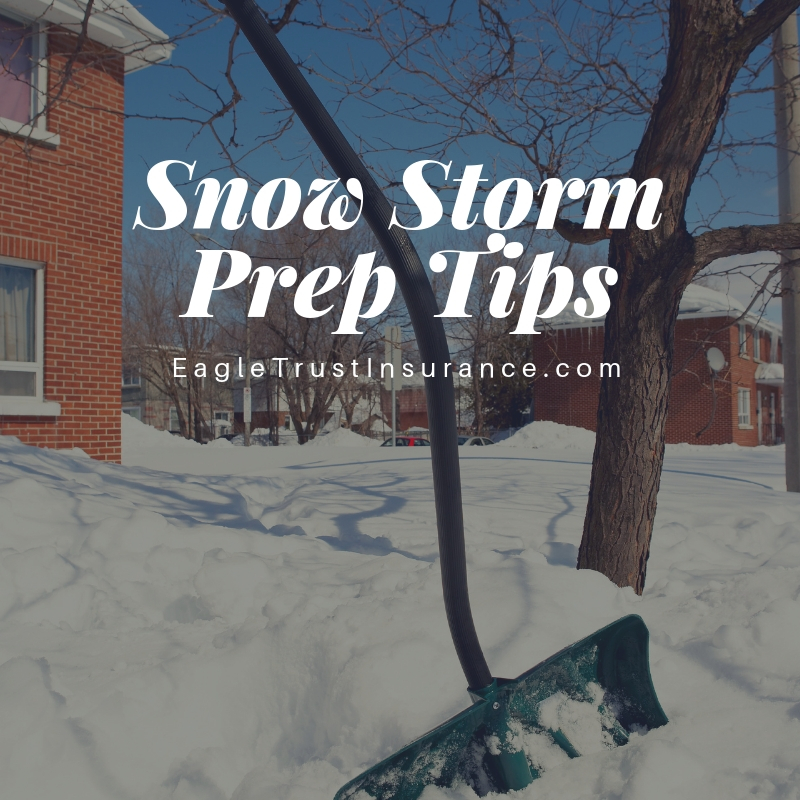
Checking the air in your tires may seem more complicated than it should be. Terms like PSI (pounds per sq. inch), different gauges and lack of experience may make you avoid the task altogether, but tire pressure is a key element to car safety. This is especially true during the cold winter months in Massachusetts. Here are a few vehicle tire pressure tips and safety considerations to keep in mind.
Check the Pressure
There are a couple of ways to check if your tires need more pressure:
- Dashboard Tire Pressure Sensor Light
- Manual or Digital Tire Pressure Gauge
- Fill Up Station Hose Gauge
If you have a newer car, you probably have a built in tire pressure gauge. An icon on the dashboard will light up when your pressure is low. If you do not have this feature in your car, then you’ll need to use an old fashion technique of manually checking the pressure. A manual or digital tire pressure gauge can be purchased at any hardware or department store, or any auto parts retailer. You’ll also find these gauges attached to fill up station hoses at a gas stations. Simply remove the cap on your tire’s air valve stem, attach the gauge and look the PSI reading.
Knowing the Right Tire Pressure
The most common ways to find the correct tire pressure for your vehicle are:
- An online search using the tire make and model number (found on the side of your tire).
- On a sticker inside your driver side door jam (if the tires are original to your vehicle).
- In the owner’s manual that came with the vehicle.
It’s a Matter of Safety
If you let your tire pressure get too low, your tires will have more surface area on the ground. This makes your car work harder to coast and reduces your fuel efficiency. Extremely deflated tires can become loose on the wheel, allowing extra air may escape. This can lead to a flat and permanently damage your tires.
On the flipside, a car with too much air pressure is problematic too. The more air in the tire, the less tread on the road. You need a certain amount of tread to grip the road and drive safely, especially in wet or icy conditions. Too much air can also cause your tire to burst!
Vehicle Tire Pressure Tips and Safety Summary
The key to a safe vehicle is having tires with the right range of pressure,…not too little and not too much. Air density can change in extreme hot or cold temperatures, which makes it important to check tire pressure regularly and during changes in the seasons. We hope these tips will help keep you safe on the roads this winter!

 4 Common Reasons to Fail a Massachusetts Car Inspection
4 Common Reasons to Fail a Massachusetts Car Inspection

